Sangnoksu Sanjang (상록수산장)
15.1Km 2024-02-19
378 Yongheungsa-gil, Wolsan-myeon, Damyang-gun, Jeollanam-do
Sangnoksu Sanjang is a restaurant located in the Yongheungsa Valley of Yonggusan Mountain in Damyang. Its signature menu is baeksuk (whole chicken soup). Visitors can enjoy this dish while dipping their feet in the cool waters of the valley during the summer, experiencing the unique Korean tradition of enjoying a healthy meal while refreshing oneself in the clear stream water and lush greenery of the forest.
Baegyangsa Temple (백양사)
15.4Km 2025-03-15
1239 Baegyang-ro, Bukha-myeon, Jangseong-gun, Jeollanam-do
+82-61-392-7502
Baegyangsa Temple is a historic temple built in the 6th century located on Baegamsan Mountain. Walking through the forest path, visitors are greeted by a serene lake overlooked by Ssanggyeru Pavilion at the entrance of Baegyangsa Temple, creating a picturesque scene especially during autumn with its vibrant foliage. Surrounding the temple are over 5,000 torreyas, some over 500 years old, lending a lush ambiance to the area. Baegyangsa Temple is picturesque in every season and offers temple stay programs for visitors seeking a serene retreat.
Duamchodang Hermitage (두암초당)
15.6Km 2024-10-08
88 Yeongmojeong-gil, Asan-myeon, Gochang-gun, Jeonbuk-do
Duamchodang Hermitage is a small hanok building located right next to the cliff face of Byeongbawi Rock. The location and age of this building give off a unique atmosphere, being quite old and in a hard-to-reach place. While there is a hiking trail to the hermitage, there is no parking near the trailhead, making it a bit difficult to reach.
Wolbongseowon Confucian Academy (월봉서원)
16.2Km 2021-07-06
133, Gwanggok-gil, Gwangsan-gu, Gwangju
+82-62-960-8253
Wolbongseowon Confucian Academy, built in 1578, was established by Kim Gyehwi and other confucian scholars to honor Ki Daeseung's study and virtue through Mangcheonsa Shrine. The location of the academy was moved to its current site in 1646, and the name Wolbong was given by King Hyojong in 1654. In 1671, Bak Sang and Bak Sun's shrines were moved from Deoksansa Shrine by the suggestion of Song Siyeol. Also, Kim Jangsaeng and Kim Jip's shrines were additionally placed in 1673. Unfortunately, the confucian academy was abolished due to the abolition policy of Daewongun in 1868. Later, Bingwoldang Hall was built by Jeollanam-do's Confucian scholars in 1938, followed by Gojiksa Shrine in 1972, Jangpangak Pavilion and Oesammun Gate in 1978, Sau in 1980 and Naesammun Gate in 1981. Bingwoldang is designated as Gwangju Monument No. 9 and woodblocks of Gobongjip are preserved in Jangpangak Pavilion.
Borinara Hagwon Farm (보리나라 학원농장)
16.2Km 2024-04-07
158-6, Hagwonnongjang-gil, Gochang-gun, Jeonbuk-do
+82-63-564-9897
Borinara Hagwon Farm is a large-scale barley farm that measures an extensive 561,983 m². It is the nation’s largest barley field. The farm has been seeing a flood of tourists and photographers since its recognition as a tourist-friendly farm. The farm has also featured in several media channels such as dramas, commercials, and films.
To entertain the growing number of visitors, the farm hosts the Green Barley Field Festival in spring and the Buckwheat Flower Festival in fall before the harvest season when the crops are at their peak. In addition to the festivals, visitors can also participate in various activities and buy souvenirs as well as local produce.
Gochang Green Barley Field Festival (고창청보리밭 축제)
16.3Km 2024-04-17
150 Hagwonnongjang-gil, Gongeum-myeon, Gochang-gun, Jeonbuk-do
+82-63-560-2524
The Gochang Green Barley Field Festival is held every year in late April among the beautiful green barley fields of Gochang-gun. It is the region’s most popular festival. The festival celebrates the plentiful barley grown here, known to be more precious than rice.
Gochang Blue Farm Pink Muhly Season (고창청농원 핑크뮬리시즌)
17.0Km 2025-08-14
41-27 Cheongcheon-gil, Gongeum-myeon, Gochang-gun, Jeonbuk-do
+82-10-8801-7722
Gochang Blue Farm takes on a pink hue each fall with the arrival of pink muhly. Visitors can enjoy taking photos at the photo zones places throughout the vast field of waving fronds, and take a break at the hanok rest area.
Geochang Blue Farm Lavender Festival (고창청농원 라벤더 축제)
17.0Km 2025-01-23
41-27 Cheongcheon-gil, Gongeum-myeon, Gochang-gun, Jeonbuk-do
+82-10-6383-5294
Geochang Blue Farm, located in Gocheong-gun, is a stay farm featuring seasonal gardens. Lavender and Hydrangeas bloom in spring and summer, while pink muhly grass adorns the farm in October. Spanning over 16,000 square meters, the Lavender Garden offers various photo zones, allowing visitors to capture memorable shots, especially the hanok building with lavender in the background adds an extra touch of charm. Visitors can also enjoy strolling through the bamboo and pine forest behind the lavender garden or relax at the hanok café. The farm is pet-friendly, making it an ideal destination to visit with your pet, family, or a date.
Cheongwon Garden (청원가든)
17.8Km 2025-04-22
67 Seonunsa-ro, Asan-myeon, Gochang-gun, Jeonbuk-do
This restaurant is one of the most positively reviewed restaurants serving freshwater eels near Seonunsa Temple’s entrance for its clean ambience and delicious side dishes. If you order jangeogui here, the eel is salted or basted with sauce in the kitchen and brought to you for grilling.
Yeongi Sikdang (연기식당)
18.1Km 2025-04-22
전북특별자치도 고창군 아산면 선운대로 2727
This restaurant is the first to offer grilled freshwater eel in Gochang. The eel is grilled in the kitchen, so you don’t have to worry about the often smoky business of charcoal-grilled on the table.
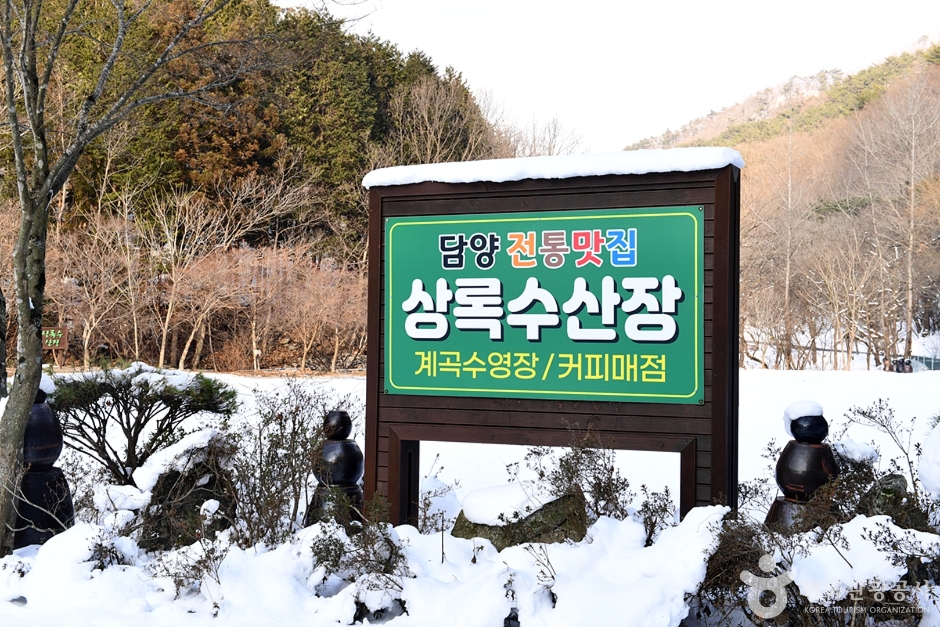

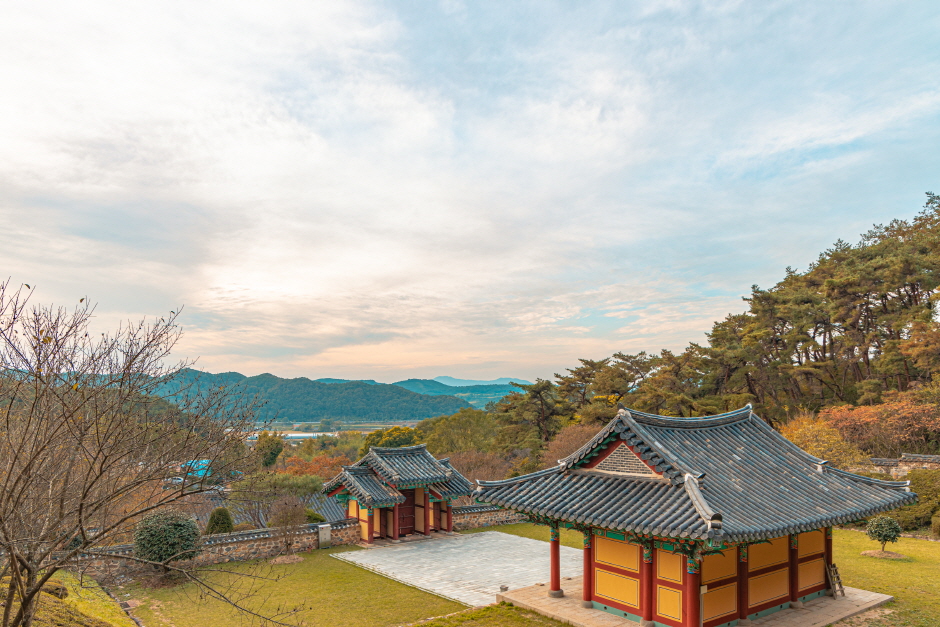
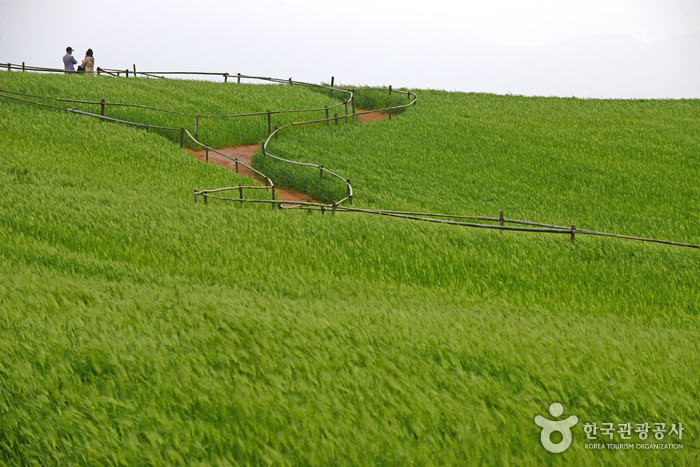
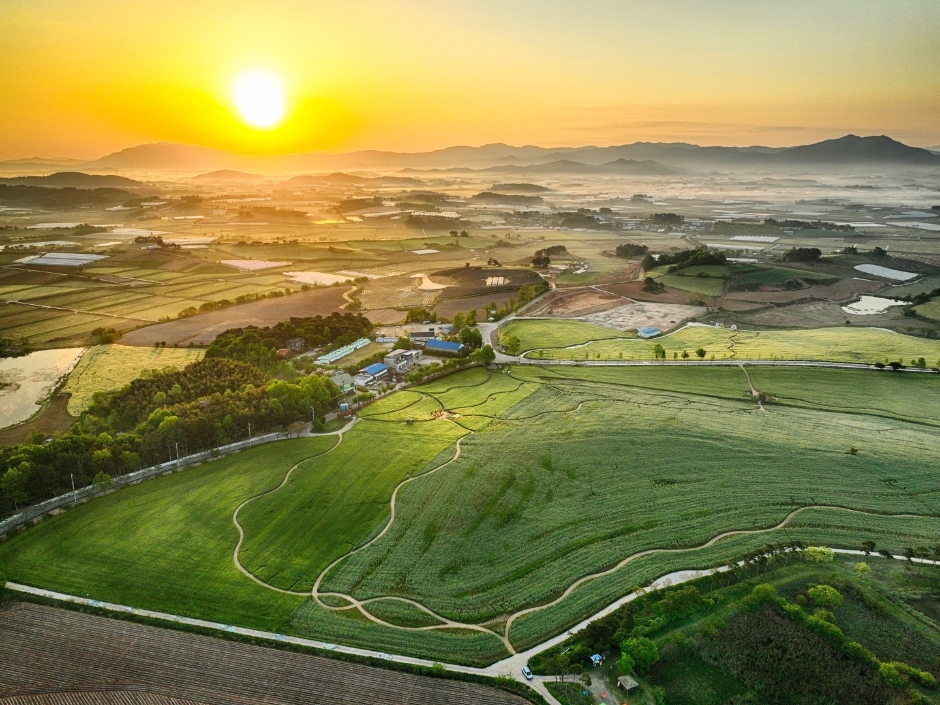

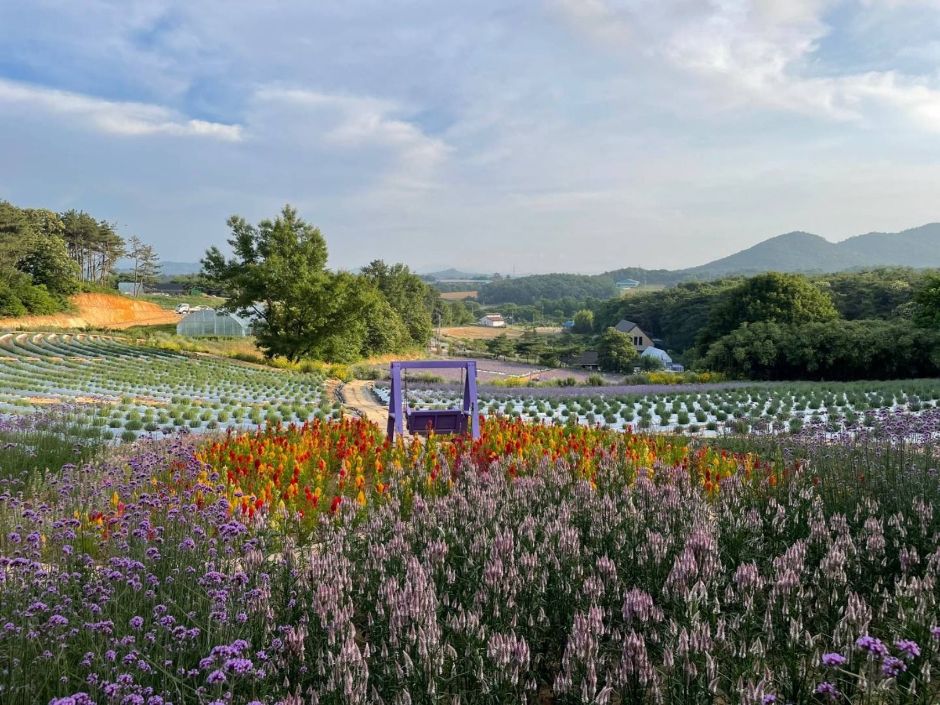
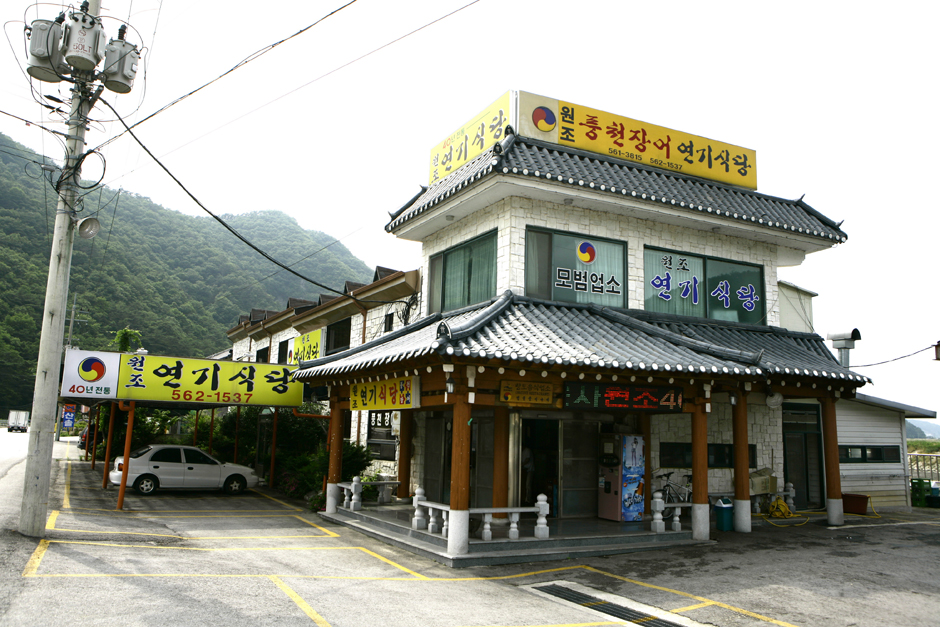
 English
English
 한국어
한국어 日本語
日本語 中文(简体)
中文(简体) Deutsch
Deutsch Français
Français Español
Español Русский
Русский